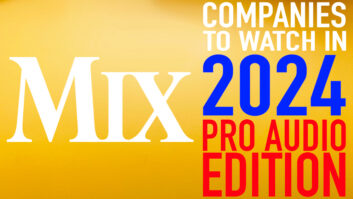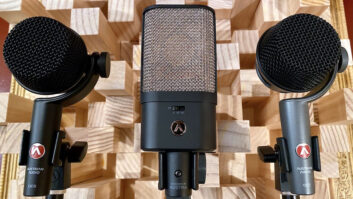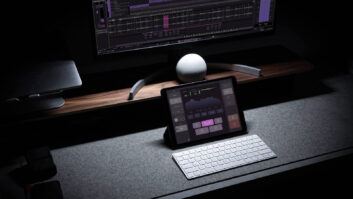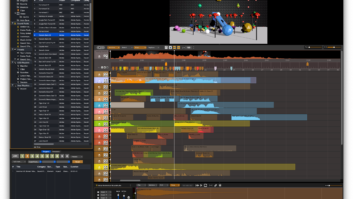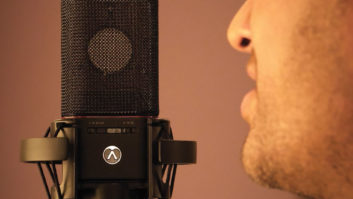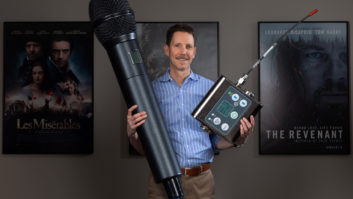Hype Not Necessary: If you’re looking to buy a new audio interface, your choices are plentiful. And as you might expect in any competitive market, some exaggeration occurs in the marketing of the products. I don’t say that to knock the interfaces themselves, which, as a whole, are excellent. But some of the ways their features are advertised can be confusing and even misleading to potential customers.
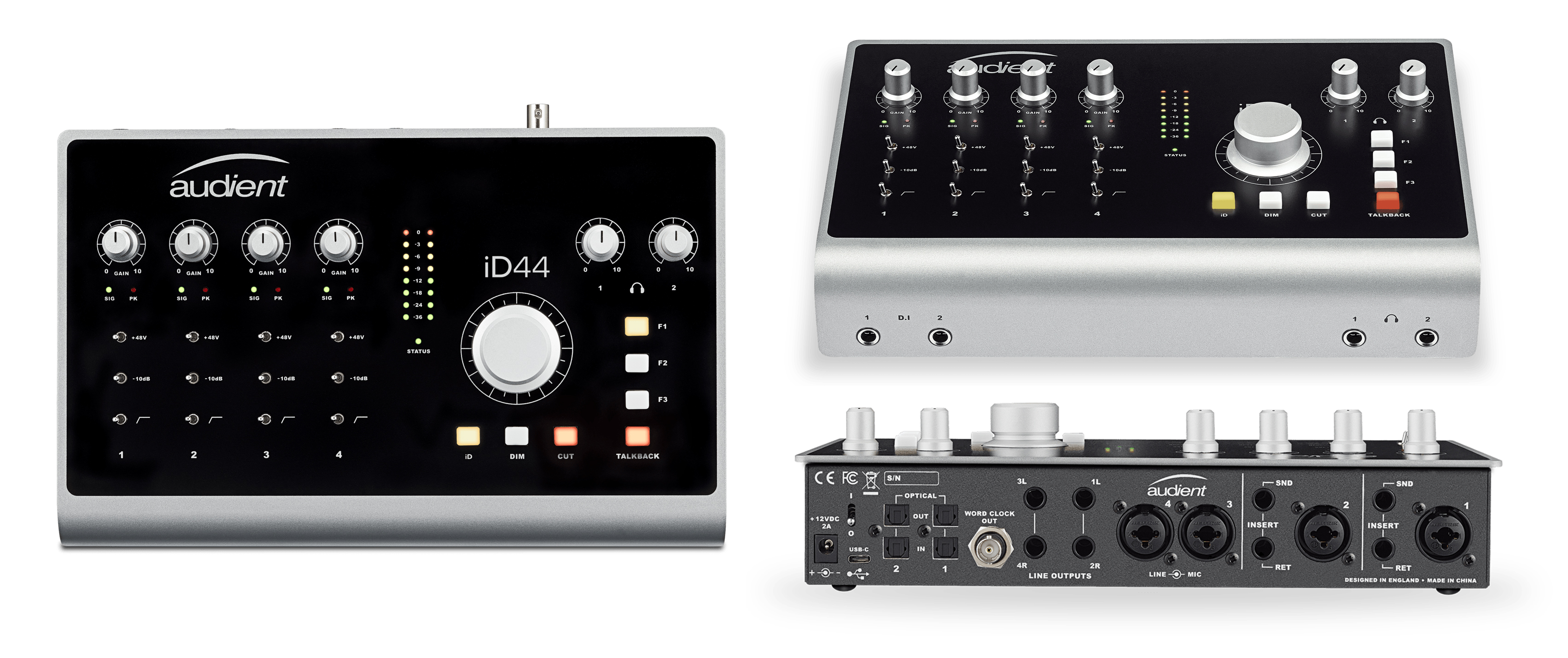
Let’s start with I/O numbers. Many interfaces have digital expansion ports, typically in ADAT format, and those potential connections are included in the I/O count and given the same weight as the analog connections. For example, an interface with four analog XLR/1/4-inch combo inputs, four additional analog line inputs and one ADAT optical input would be billed as having 16 inputs—eight analog plus eight ADAT.
Here’s my beef with that: Those ADAT inputs are more like potential inputs than actual ones. To use them, you need a second piece of gear with ADAT I/O, such as another interface or a mic pre unit, to which you’d connect your sources. Then you’d plug the ADAT output of the second unit to your original interface’s ADAT input to bring those signals into your interface. To equate the ADAT input with its analog counterparts, which can be used directly with sources, is misleading.
The ADAT inputs should be considered expansion ports, rather than inputs, if you ask me. A more accurate way to advertise such an interface’s input spec would be “8(8)” or “8+8,” or something to that effect, which would indicate that there are eight actual and eight potential inputs.
The same is true on the output side. Again, we’re talking immediately usable versus potentially usable, providing you have additional equipment.
Excellent new interfaces are coming out all the time, and there’s no need to hype them. Let them stand on their features and sound quality, which, by and large, are outstanding and continually improving.
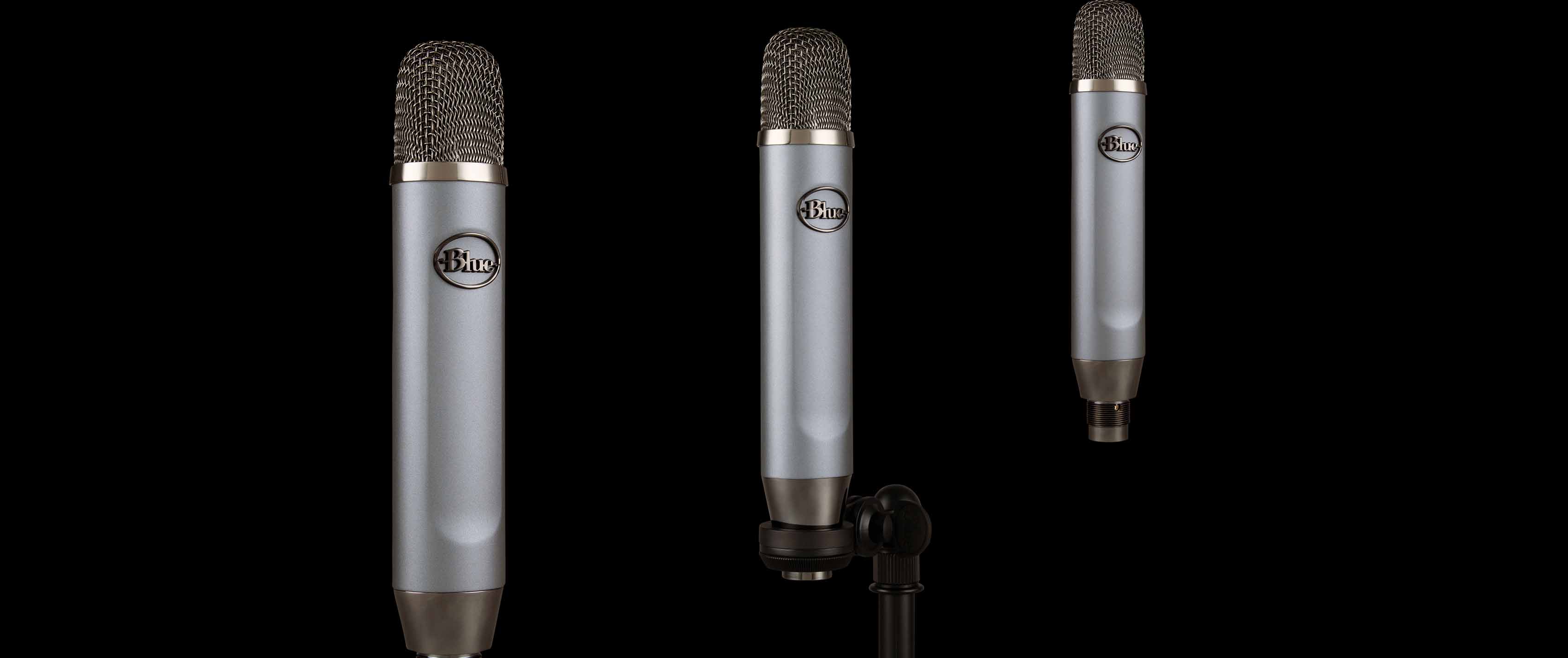
Product of the Month: Blue Microphones Ember: Okay, I know what you’re going to say. “This is Mix. You’re focused on pro audio. What are you doing covering a $99 large-diaphragm cardioid condenser mic aimed primarily at podcasters and YouTubers?” Well, Blue does make a lot of great mics, so why not give it a try?
Put simply: it sounds great. I connected to my DAW through one of the mic inputs of my RME Fireface 802, which are pretty transparent. I tried it with vocals. I recorded an acoustic-guitar slide part. I tried a mandolin. Then Dobro. Same result with all of them. Maybe not as fat on the bottom as some other mics I use, but warm and clean on the top. It also nicely reproduced the midrange, which is where a lot of a Dobro’s tone resides. When it comes to value, Ember is off the charts— it’s way more than a podcast mic.
